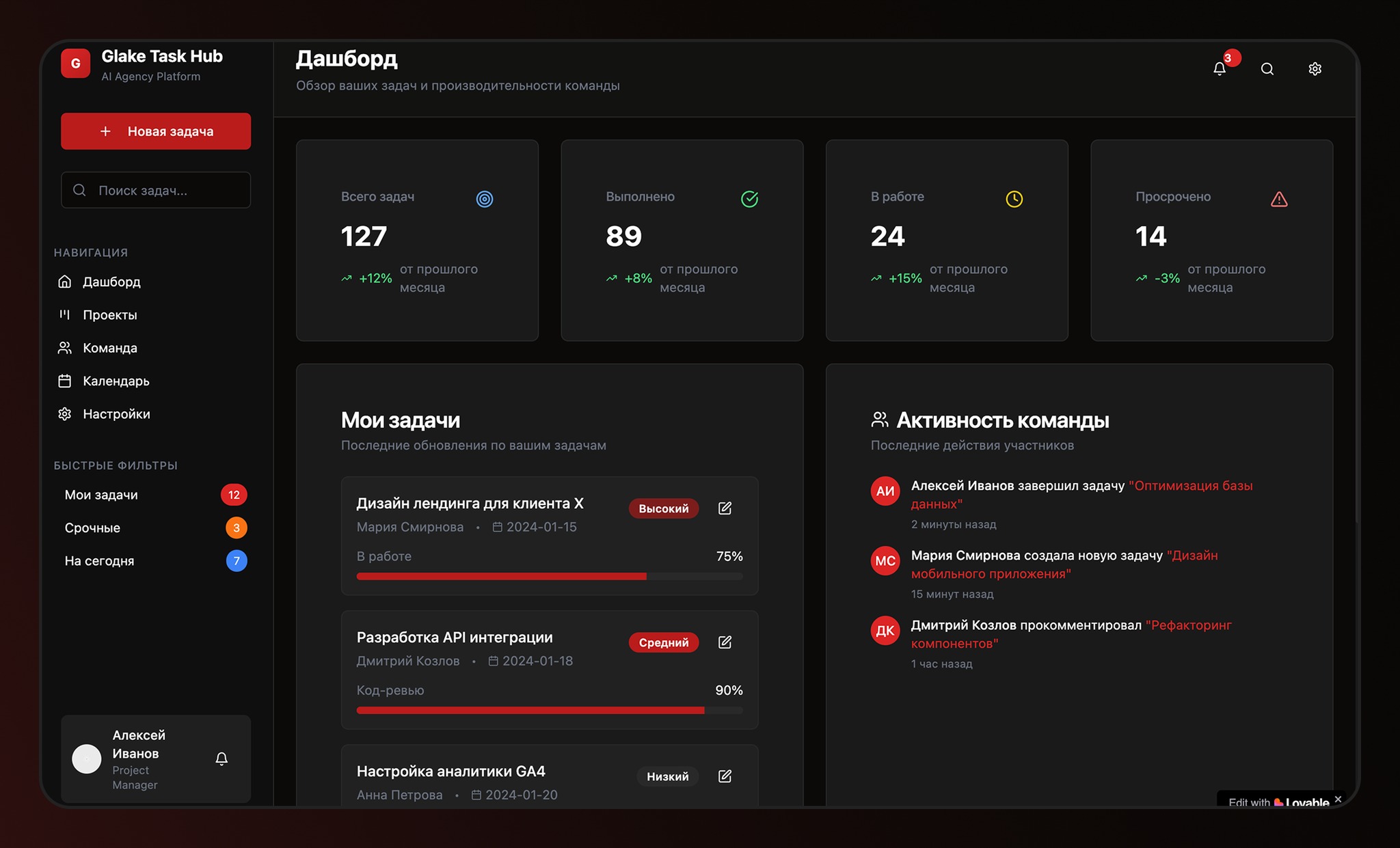Only 50 people died as a direct result of the accident Chernobyl. However, among the residents of nearby towns and cleaners, many others died in the following years. As a rule, the cause of death was tumors resulting from the radioactive exposure to which they were exposed. But there were some beneficial mutations as well.
People were evacuated, but many animals, domestic or wild, remained there, and over the years you could see how they changed. In addition, there have been changes in floors. From the discolored plants that gave rise to the famous red forest to dogs that can be clearly distinguished from any other dog in the world, many species have changed since the Chernobyl accident.
Some due mutations that have been selected over the years. Others to direct changes in radiation. The fact is that one way or another, life made its way to the ruins of the greatest nuclear disaster of all time.
Radiation-adapted superbirds
We tend to take the word “mutation” as something bad. However, this is not required. Near changes in the DNA sequence, which can be dangerous, causing illness, but also beneficial. For example, some mutations can protect us from certain pathologies.
In addition, some mutations may be so beneficial that the individuals carrying them are naturally selected so that they end up in a large population. This is what may have happened to some birds from Chernobyl.
And, according to a study published in 2014, there are several species of birds that have managed to become radiation resistant. This study, the main author of which is a Spaniard, analyzes feathers and blood 16 types birds whose habitat is located around the Chernobyl exclusion zone. In the analysis, it was found that some of these birds, especially those that live in most polluted areashave a higher level antioxidants. These are molecules capable of fighting free radicals responsible for DNA damage caused by radiation. Therefore, we can say that over time, the birds of Chernobyl became super birds.
Chernobyl dogs are unique

Many evacuees thought they would soon return home, so they left their pets behind. In other cases, it was done on purpose. For this reason, when the exclusion zone was abandoned by people, many dogs circulated through its streets. Patrols were sent to put them to sleep, fearing they might spread radiation. However, some escaped and continued to breed.
They are no longer alive, but their descendants are alive. Luckily, they stopped trying to cull them. In fact, people who are still working in Chernobyl, controlling the level of radiation, feed them and from time to time cared for by veterinarians who vaccinate them and check their health.
This is without a doubt an interesting population to analyze possible mutations resulting from the catastrophe’s radiation. For this reason, a study was recently conducted to analyze its genetic material. Samples were taken from 302 dogs and their DNA was sequenced. So that they can see that genetic profile Chernobyl dogs were different from any other dog anywhere in the world. Just by looking at the random DNA, one could tell if it belonged to one of the animals that came from the disaster. They don’t become a different species, but they are completely different. Of course, it does not seem that in this case the changes were for the worse, since most of them are in good health.
Plants resistant to mutations

Immediately after the accident at the Chernobyl nuclear power plant, an extremely large amount of radiation hit the trees located near the nuclear power plant. First they turned into one color dark orange and then they died. This color change has led to it being dubbed as red forest. It was a wasteland that had been buried to contain the radiation. However, over time, many of the trees in the Red Forest have grown back.
And not only this. Many other plants were born in the surrounding area. This does not mean that they did not suffer. radiation mutations. The difference with animals, including humans, is that they don’t suffer as much. Plant cells are much more resistant to change, so even if tumors do occur, they do not spread and damaged cells can be replaced.
As a result, the Chernobyl vegetation has been virtually unaffected in the years since the accident.
Mushrooms that feed on radiation

In addition to living beings selected for their mutations, there are those that, having lost the competition, were able to reproduce without problems.
Such is the case with black mushrooms, which grew no more and no less than on the walls of the exploded reactor. The amount of radiation there made life nearly impossible. However, the scientists who discovered them noted that they not only seemed unaffected by radiation. They were also attracted to her.
Their analysis allowed us to verify that they a lot of melanin. This pigment is found in the skin and hair of many animals, such as humans themselves. It protects us from ultraviolet radiation, so its levels increase and we become darker when we go out in the sun. But in the case of mushrooms, it doesn’t just make them black. Helps them too convert radiation from a nuclear power plant into energy. We can say that they practically feed on it.
Other mushrooms in the area have logically disappeared, so these mushrooms have had much more room to reproduce on their own. In fact, this is not the first time this has happened. Fossils of similar mushrooms were discovered during the Cretaceous period, when the Earth lost its shield from cosmic radiation. Many living beings succumbed, but they found the perfect scenario for them.
not all mutations
In fact, the Chernobyl accident may help us get an idea of how harmful humans can be to ecosystems. Not for the damage caused by the explosion itself. Also because the fact that there are no more people in the area has turned the area into a paradise for many wildlife.
Many of the scientists who traveled to the vicinity of Chernobyl to explore its flora and fauna They came to this conclusion. In general, animals with mutations are not identified because most of them come from other places. But they were able to increase their population due to the fact that they have no competition with people. Moreover, even those with radiation mutations may live less; but even so, they do it with a better quality of life. This is something that makes you think a lot. How could the greatest nuclear disaster of all time be so beneficial to wildlife? Perhaps because in many ways people do more harm than the worst disasters.
Source: Hiper Textual












